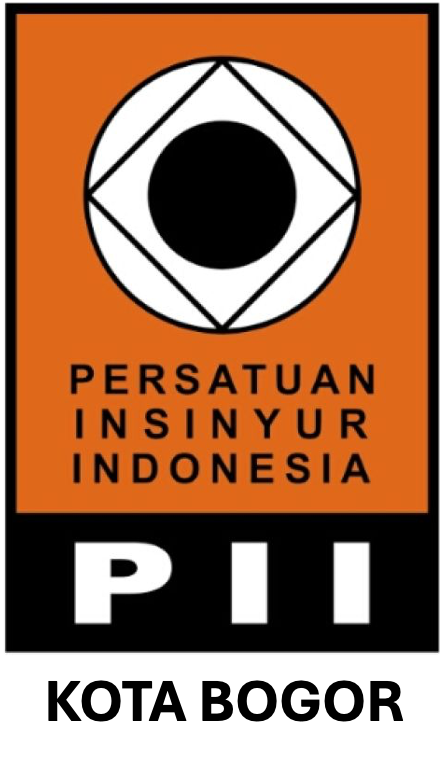Analisis Kinerja Simpang Tak Bersinyal Jalan Raya Dramaga-Bubulak Bogor, Jawa Barat
Abstract
The potential of traffic problems at non-signal intersection relatively higher and more complex than signalized intersection. Intersection of Dramaga-Bubulak street has no signal and is one of the intersection with high level mobility. The research objectives were to analysis the performance of actual conditions and alternatives strategies to improve intersection performance as well as to know the influence of one way traffic system on intersection performance. The results showed that the volume of traffic passing the intersection were 3816 passenger car unit (pcu)/hour at peak hour with degree of saturation (DS) of 0.85 and delay on the intersection was 14.41 sec/pcu so the intersection service level was B. The service level of intersection was good, so the research analyzed three alternatives strategies to decrease DS value. Performance analysis of traffic showed that alternatives I was the best model alternative condition, because application of one way traffic system on outer ring Bubulak would decreased the service level of Dramaga-Bubulak street.
Key words: intersection, non-signal, street
Downloads
Authors who publish with Jurnal Teknik Sipil dan Lingkungan, JSIL agree to the following terms:
a. Authors retain copyright and grant the journal right of first publication with the work simultaneously licensed under a Creative Commons Attribution License that allows others to share the work with an acknowledgment of the work's authorship and initial publication in this journal.
b. Authors are able to enter into separate, additional contractual arrangements for the non-exclusive distribution of the journal's published version of the work (e.g., post it to an institutional repository or publish it in a book), with an acknowledgment of its initial publication in this journal.
c. Authors are permitted and encouraged to post their work online (e.g., in institutional repositories or on their website) prior to and during the submission process, as it can lead to productive exchanges, as well as earlier and greater citation of published work (See The Effect of Open Access).











